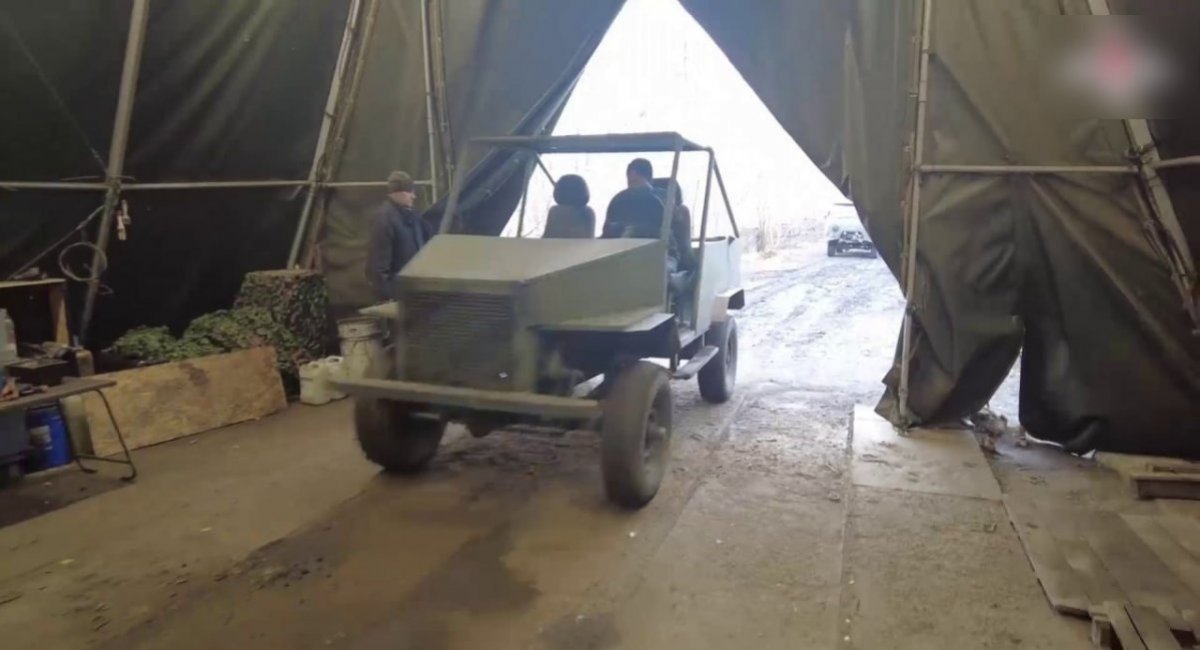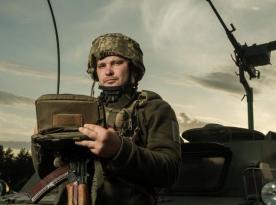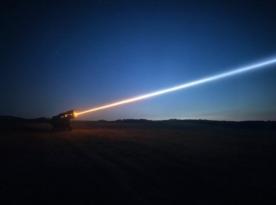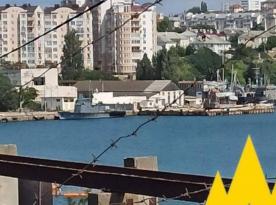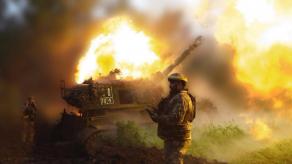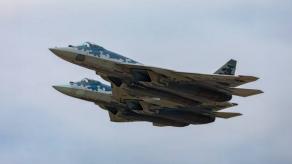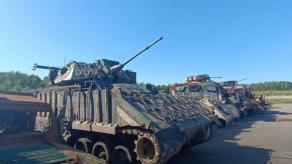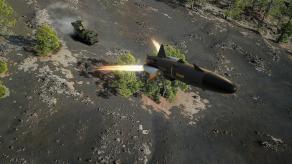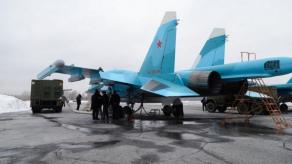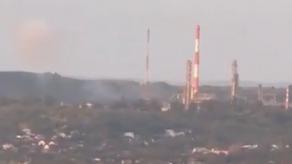Footage shared on social media reveals that the russian military is increasing the production of makeshift, unarmed assault vehicles, informally referred to as "jihad mobiles," including one model based on the GAZ-66 utility truck.
Surely, similar improvised vehicles with no armament to fire back, such as armed Ural trucks or even all-terrain vehicles dubbed as "golf carts" by online users have been used in prior assaults on Ukrainian positions. So it might seem like a common practice at this point but there's a nuance.
Read more: How the 21st Mechanized Brigade Trains with Swedish-Made CV90 Infantry Fighting Vehicles (Video)
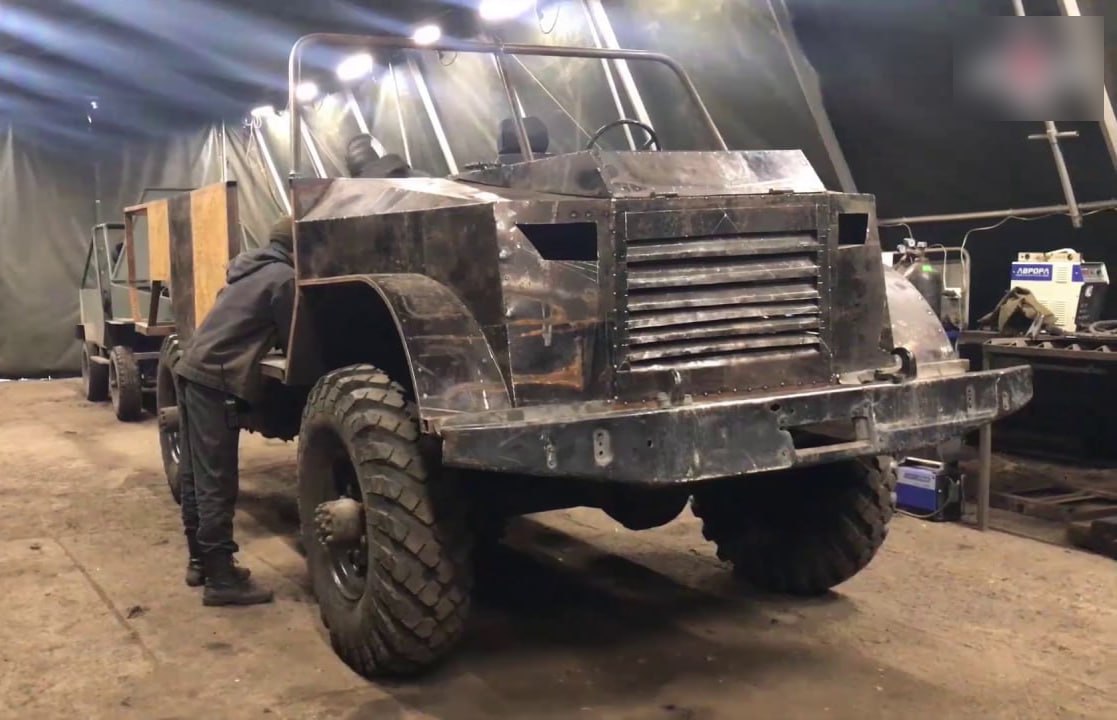
Unlike those previous cases, this time, there's an evident deliberate effort to scale up the production of these primitive personnel carriers, even if it stems from private initiative rather than a centralized directive.
The growing reliance on these vehicles might be an indication that China has reduced its exports of Desertcross 1000 "battle golf carts" to russia. A bit more prosaic explanation would be that the high losses inflicted by Ukrainian forces have left the russian military struggling with a shortage of armored vehicles. A shortage so severe that even vehicles based on unprotected GAZ-66 are now deemed viable options for assault operations.
According to consolidated data from the General Staff of the Armed Forces of Ukraine, the russian military has already lost over 9,714 tanks and 20,205 armored vehicles in battles since February 2022. The figures make more sense when compared with pre-war inventory.
IISS global study The Military Balance 2022 estimated that russia’s armed forces had around 3,000 tanks and 11,000 armored vehicles in service at the time they launched the invasion of Ukraine. However, by the start of 2024, those numbers had dropped to 1,750 tanks and 9,000 armored vehicles, as recorded in last year's edition.
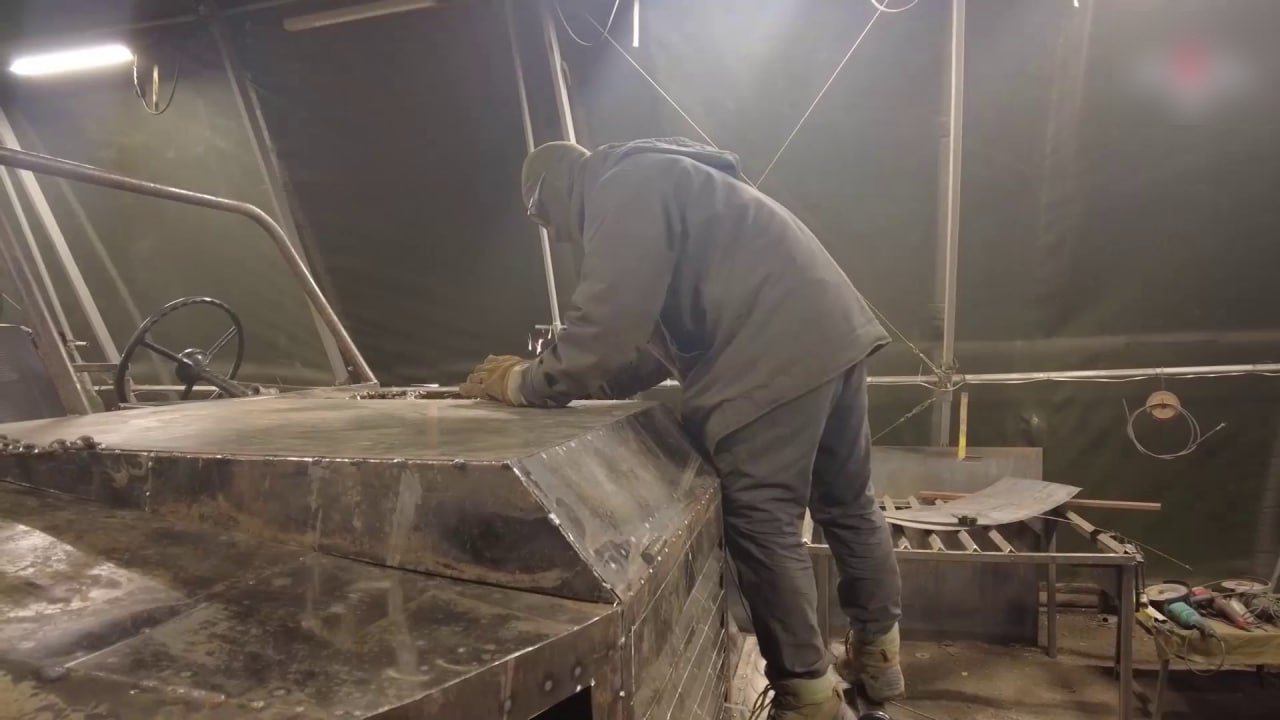
This context shows that when russia draws and restores vehicles from dusted long-term storage arsenals or suddenly starts to be more economical in its expenditure of armored equipment, the immediate needs of the war in Ukraine might not be the only priority.
Another logic the Kremlin may be following is to preserve equipment for a potential larger confrontation with NATO. While saving operational tanks and vehicles and replacing them, where possible, the russian military appears to be compensating for its equipment shortages with cheaper ad hoc vehicles on ordinary truck chassis and alike.
Read more: Frankensteined: russians Stick Giatsint-B to a BAZ and Use It to Fire Krasnopol Smart Shells



